High solid/water ratios and slow water percolation cause the water in a repository to quickly (on a repository time scale) reach radionuclide solubility controlled by the equilibrium with alteration products; the total release of radionuclides then becomes insensitive to the dissolution rates of primary waste forms. It is therefore suggested that future waste form development be focused on conditioning waste forms or repository environments to minimize radionuclide solubility, rather than on marginally improving the durability of primary waste forms.
1.
Introduction and statement of the problem
Consider the pseudo-parabolic equation in the domain $ \Omega = \{(x, t): 0 < x < l, \ \ t > 0 \} $:
with boundary conditions
and initial condition
Assume that the function $ k(x)\in C^{2}\big([0, l]\big) $ satisfies the conditions
The condition (1.2) means that there is a magnitude of output given by a measurable real-valued function $ \mu(t) $ (See [1,2,3] for more information).
Definition 1. If function $ \mu(t)\in W_{2}^{1}(\mathbb{R_{+}}) $ satisfies the conditions $ \mu(0) = 0 $ and $ |\mu(t)| \leq 1 $, we say that this function is an admissible control.
Problem B. For the given function $ \theta(t) $ Problem B consists looking for the admissible control $ \mu(t) $ such that the solution $ u(x, t) $ of the initial-boundary problem (1.1)-(1.3) exists and for all $ t\geq0 $ satisfies the equation
One of the models is the theory of incompressible simple fluids with decaying memory, which can be described by equation (1) (see [1]). In [2], stability, uniqueness, and availability of solutions of some classical problems for the considered equation were studied (see also [4,5]). Point control problems for parabolic and pseudo-parabolic equations were considered. Some problems with distributed parameters impulse control problems for systems were studied in [3,6]. More recent results concerned with this problem were established in [7,8,9,10,11,12,13,14,15]. Detailed information on the problems of optimal control for distributed parameter systems is given in [16] and in the monographs [17,18,19,20]. General numerical optimization and optimal boundary control have been studied in a great number of publications such as [21]. The practical approaches to optimal control of the heat conduction equation are described in publications like [22].
Control problems for parabolic type equations are considered in works [13,14] and [15]. In this work, such control problems are considered for the pseudo-parabolic equation.
Consider the following eigenvalue problem
with boundary condition
It is well-know that this problem is self-adjoint in $ L_{2}(\Omega) $ and there exists a sequence of eigenvalues $ \{\lambda_{k}\} $ so that $ 0 < \lambda_{1}\leq\lambda_{2}\leq...\leq\lambda_{k}\rightarrow \infty, \ \ k\rightarrow \infty $. The corresponding eigenfuction $ v_{k} $ form a complete orthonormal system $ \{v_{k}\}_{k \epsilon N} $ in $ L_{2}(\Omega) $ and these function belong to $ C(\bar{\Omega}) $, where $ \bar{\Omega} = \Omega\cup\partial\Omega $ (see, [23,24]).
2.
Main integral equation
Definition 2. By the solution of the problem (1.1)–(1.3) we understand the function $ u(x, t) $ represented in the form
where the function $ v(x, t) \in C_{x, t}^{2, 1}(\Omega)\cap C(\bar{\Omega}) $, $ v_{x} \in C(\bar{\Omega}) $ is the solution to the problem:
with boundary conditions
and initial condition
Set
where
and
Consequently, we have
where $ a_k $, $ b_k $ defined by (2.3) and $ \mu_{k} = \frac{\lambda_{k}}{1+\lambda_{k}} $.
From (2.1) and (2.5) we get the solution of the problem (1.1)–(1.3) (see, [23,25]):
According to condition (1.4) and the solution of the problem (1.1)-(1.3), we may write
where $ \gamma_{k} $ defined by (2.4).
Note that
Thus, from (2.6) and (2.7) we get
where $ \beta_{k} $ defined by (2.2).
Set
and
According to (2.8) and (2.9), we have the following integral equation
Proposition 1. For the cofficients $ \{\beta_{k}\}_{k = 1}^{\infty} $ the estimate
is valid.
Proof. Step 1. Now we use (1.5) and (2.3). Then consider the following equality
Then we have
Step 2. Now we integrate the Eq. (1.5) from $ 0 $ to $ x $
and according to $ k(x) > 0, \ x\in[0, l] $, we can write
Thus, we integrate the Eq. (2.12) from $ 0 $ to $ l $. Then we have
From (1.6) and (2.13) we get
Then
where
According to $ G(\tau) > 0 $ and from (2.14) we have (see, [24])
Consequently, from (2.11) and (2.15) we get the following estimate
Step 3. It is clear that if $ k(x)\in C^1([0, l]) $, we may write the estimate (see, [24,26])
Therefore,
Then from Eq. (1.5), we can write
According to (2.16) and (2.17) we have the estimate
Then
Proposition 2. A function $ B(t) $ is continuous on the half-line $ t\geq 0 $.
Proof. Indeed, according to Proposition 1 and (2.9), we can write
3.
Main result
Denote by $ W(M) $ the set of function $ \theta\in W_{2}^{2}(-\infty, +\infty) $, $ \theta(t) = 0 $ for $ t\leq 0 $ which satisfies the condition
Theorem 1. There exists $ M > 0 $ such that for any function $ \theta\in W(M) $ the solution $ \mu(t) $ of the equation (2.10) exists, and satisfies condition
We write integral equation (2.10)
By definition of the Laplace transform we have
Applying the Laplace transform to the second kind Volterra integral equation (2.10) and taking into account the properties of the transform convolution we get
Consequently, we obtain
and
Then we can write
where $ \rho_{k} = \frac{\beta_{k}}{(1+\lambda_{k})^{2}}\geq 0 $ and
It is clear that
and we have the inequality
Consequently, according to (3.2) we can obtain the estimates
and
where $ C_{1a} $, $ C_{2a} $ as follows
From (3.3) and (3.4), we have the estimate
and
Then, by passing to the limit at $ a\rightarrow 0 $ from (3.1), we can obtain the equality
Lemma 1. Let $ \theta(t)\in W(M) $. Then for the image of the function $ \theta(t) $ the following inequality
is valid.
Proof. We use integration by parts in the integral representing the image of the given function $ \theta(t) $
Then using the obtained inequality and multiplying by the corresponding coefficient we get
and for $ a\rightarrow 0 $ we have
Also, we can write the following equality
Then we have
Consequently, according to (3.7) we get the following estimate
Proof of the Theorem 1. We prove that $ \mu\in W_2^1(\mathbb{R}_+) $. Indeed, according to (3.5) and (3.6), we obtain
Further,
Hence, $ \mu\in \text{Lip}\, \alpha $, where $ \alpha = 1/2 $. Then from (3.5), (3.6) and (3.7), we have
as $ M $ we took
4.
Conclusion
An auxiliary boundary value problem for the pseudo-parabolic equation was considered. The restriction for the admissible control is given in the integral form. By the separation variables method, the desired problem was reduced to Volterra's integral equation. The last equation was solved by the Laplace transform method. Theorem on the existence of an admissible control is proved. Later, it is also interesting to consider this problem in the $ n- $ dimensional domain. We assume that the methods used in the present problem can also be used in the $ n- $ dimensional domain.
Use of AI tools declaration
The authors declare they have not used Artificial Intelligence (AI) tools in the creation of this article.
Conflict of interest
The author declare there is no conflict of interest.











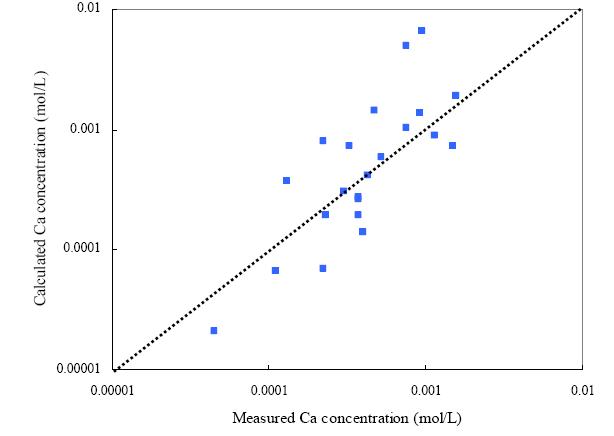
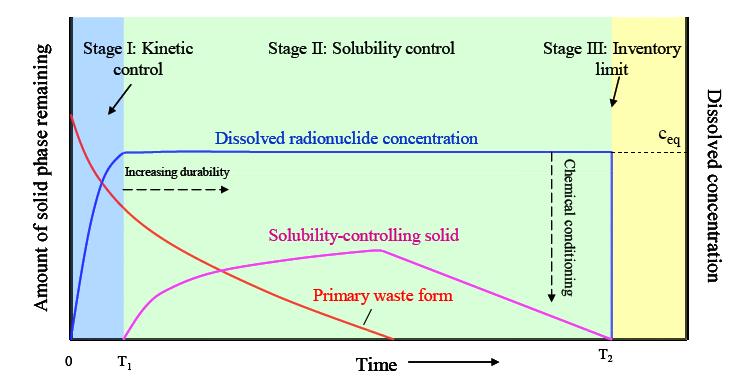
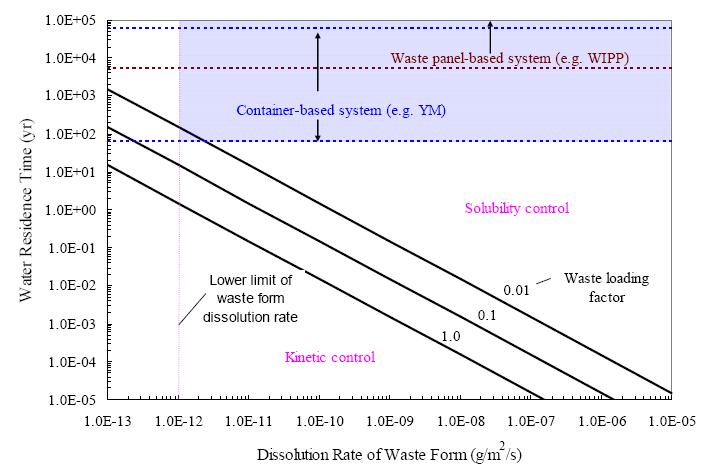
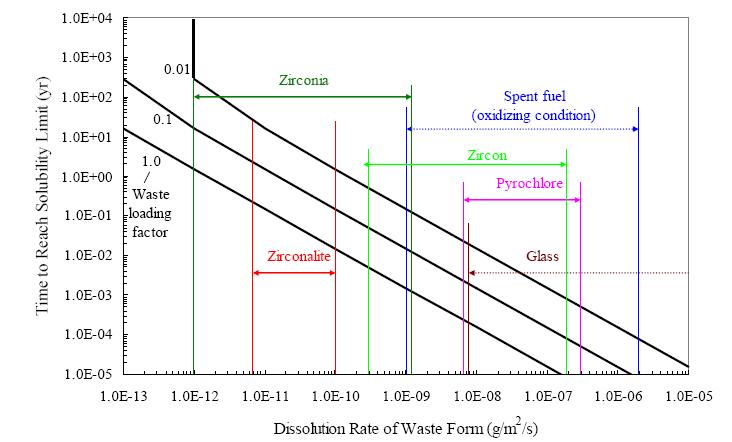
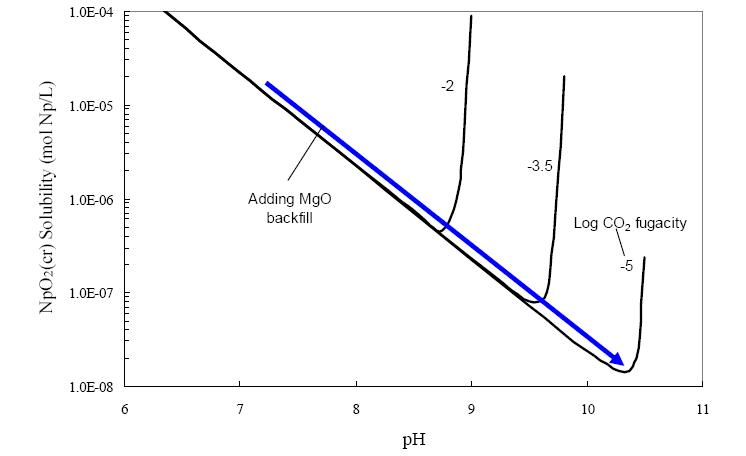


 DownLoad:
DownLoad: